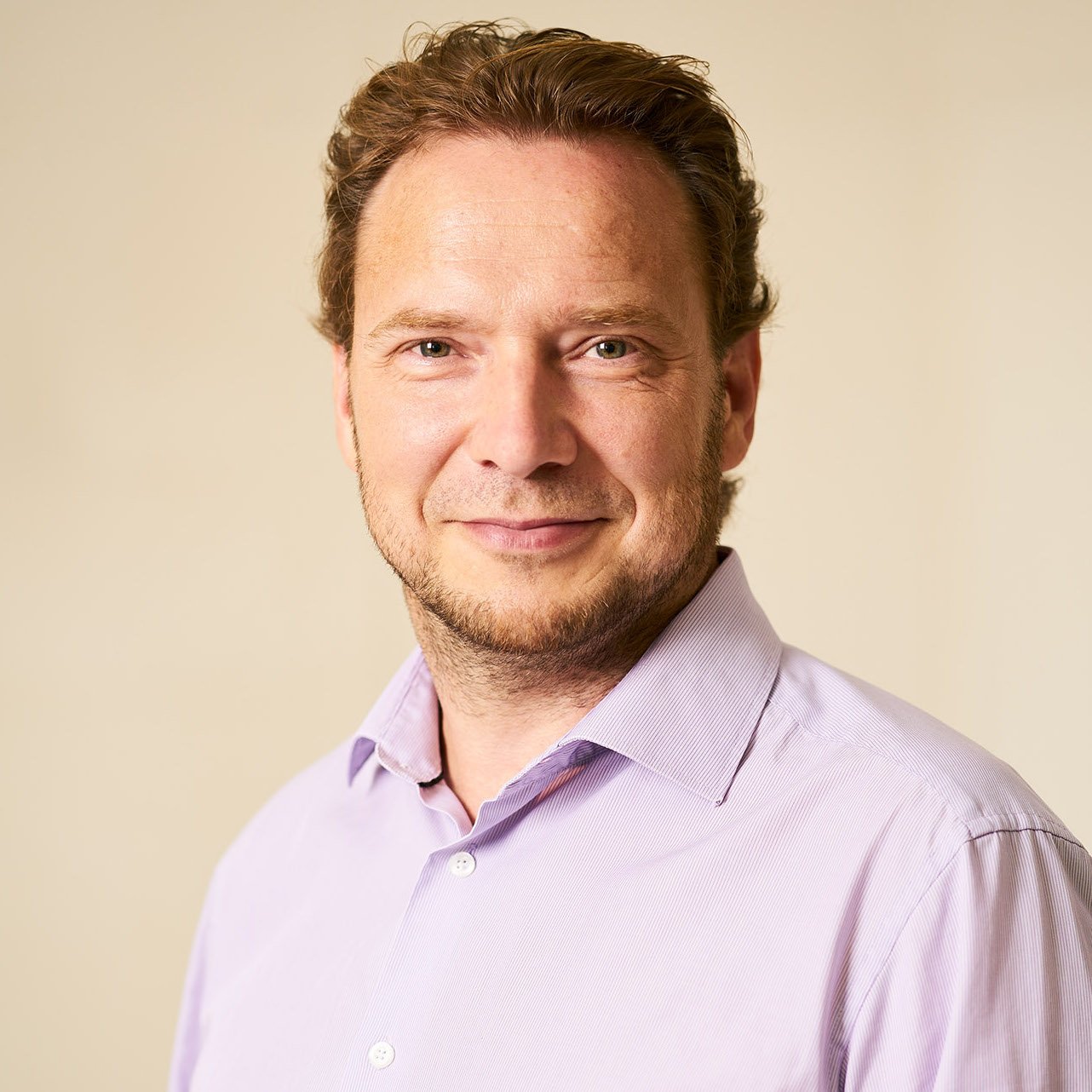Transformation and strategy work (part II): Radical business environment change

The years working with different organizations and cases have shown that there are several topics recurring in strategic discourse in companies that are facing strategic change. In these blog posts, I will look into three different transformation cases, in relation to their specific market position and external change factors.
All of them share the same key needs for strategy talk:
- keep the level of strategy talk in the strategic planning and execution,
- keep the focus on the long-term target and
- build the timeline for the transformation.
Now, finally to the first case which is covering a problematic, but a common scene where the market is facing a major disruption...
Case 1, B2B service companies facing a radical market disruption
In this scene, the business environment and business logics were going through a rather rapid and aggressive change. Old rules no longer applied. Change drivers like service digitalisation, self-service and the global aftermath of the financial downturn were all playing their part in the landscape. Many of the industry competitors were either dying out, were bought-in by larger corporations or companies merged with same size players.
For the CEO and management team, a situation like this posed strategic questions: "How to survive now and long-term? How to enable new growth from something that does not exist yet? How to stay relevant AND impact the change in B2B-market? How to ensure our own position in the market as a game changer who actually tells and influences the changes, rather than just reacts."
How was the change met?
First the level of strategy talk; To avoid confusion and getting strategic and operational levels tangled up, a new growth focused and empowered top management team was formed. All management team members wanted truly to push the company to the next level, to be a forerunner, to create new kinds of services and set the bar high for the competition.
The focus was created by a governance model based on five strategic programs, all of which were followed up closely in management team’s meetings. Customers were put where they belong, in the centre of it all. Customer facing personnel was number two. This gave the work the real human to human focus.
The timeline for the transformation needed insights, in other words, long-term foresight work that was based on cross-industry trends and potential implications. This was harnessed specifically to bring updates for each strategic programs' purposes and to create that foresight with 3 - 10 years timeline. The foresight work also included new ideas on how to organize customer work and some new ideas for B2B-services.
The frame for the strategic change came from the combination of the long-term market foresight and strategic must-win- battles. To achieve the ambitious growth targets based on the new vision, unforeseen moves were planned and implemented - they included new business areas, new business models and major changes within the organisation. From company mergers to changing personnel’s job descriptions and responsibilities – all strategic and tactical moves were accepted and implemented.
How about that transformation then?
Leading a strategic change is seldom easy; it wasn’t all smooth sailing here either. Changing people’s ways of working and changing jobs took time and not everyone was happy. It was made it clear that it was important to accept the frustration, but at the same time keep firmly and gently guiding towards the new goal. Openness and customer centricity were identified as key factors for success. During the process it was recognized by the management team that they really had to live and breathe their vision and mission, every day.
In this case, the concrete strategic actions were materialised in the form of strategic programs. The strategy was discussed and planned openly in the management team, and then worked on with other key people; a company-wide change program was enrolled with a clear message of the vision, accompanied by numerous one-on-one and group discussions. Customers and stakeholders were included in the process, too.
Already several years into the transformation, and things are looking very exciting for this organization!
Finally, some quick best practise perspectives on the required change
CEO's point of view: find committed and passionate people to keep the ball rolling. Enable bravery and openness – reward from being innovative and forward thinking. Energize on those already embrazing the change. Have a tight grip on where you are about to steer your company and keep your eye on the horizon. Remain open for discussion and give people the trust and mandate to do things.
From the operational point of view: having a clear set of targets helps prioritization – in everything. Having discussions on different levels helps on materialising it – what the targets really means for different units, teams or team members. What kind of new skills need to be built to enable the next growth, or to reach the new opportunities? Finally, it boils down to task level; what does an individual choose to do when there are 5 urgent issues on the table.
Adaptation and transformation are a continuous process and change doesn't happen overnight. Technologies and services might change quickly – but when it comes to people and changing our daily ways of working or our mindset, it will take time, leadership and patience. To the end of this post, here is a good Forbes's article about digital transformation written by Mr Mike Myatt. It might give you further brain food for your next strategic move.

Panu Kause is the founder and CEO at FIBRES. Before founding FIBRES, he held several management positions and ran his own foresight and strategy focused consultancy.
Stay in the loop
Get our latest foresight tips delivered straight to your inbox. You may unsubscribe from these communications at any time.